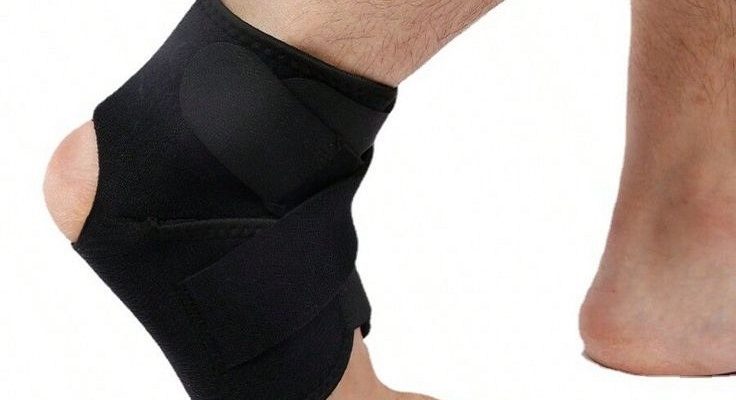Introduction
Basketball is a high-impact sport that demands speed, agility, and quick direction changes. These movements place significant stress on the feet and ankles, making ankle injuries one of the most common issues among players. That’s where basketball ankle braces come in. These supportive devices help stabilize the ankle joint, reduce injury risk, and provide added confidence during play. In 2025, advancements in materials and design have made ankle braces more comfortable, breathable, and effective than ever before. Whether you’re a professional athlete or play casually at your local gym, investing in the right ankle brace can make a big difference in your game. This article will explore the benefits of basketball ankle braces, explain the different types available, and guide you through choosing the best option for your needs. By understanding how these supports work, you’ll be better equipped to stay safe and perform at your best.
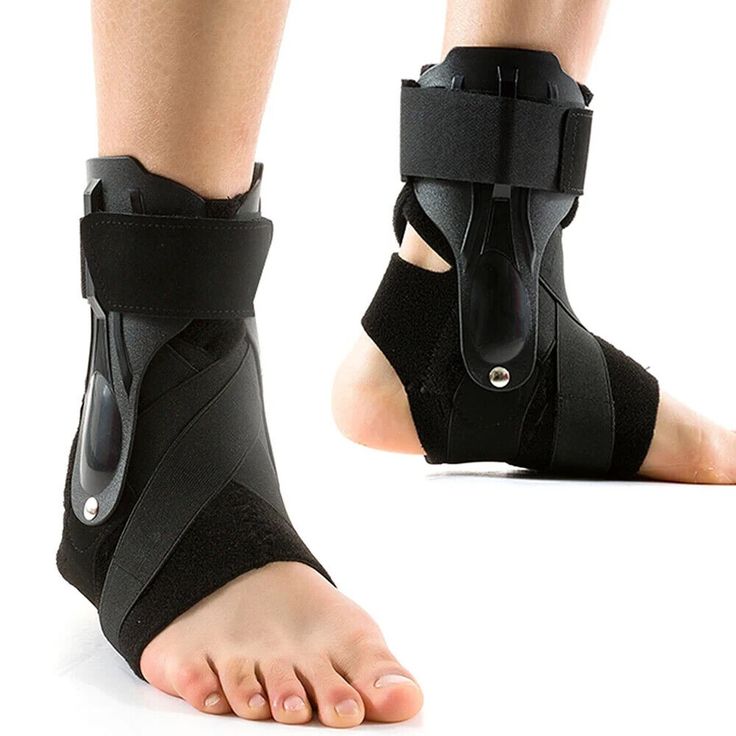
Why Ankle Injuries Are Common in Basketball
Ankle injuries are a regular occurrence in basketball due to the nature of the sport. Sudden stops, sharp cuts, and frequent jumps all contribute to ankle strain. Lateral movement—where players push off sideways—can cause the foot to roll inward, leading to sprains. Landing incorrectly from a jump shot or rebound is another common cause. Some players may also be at higher risk due to weak ankle muscles, poor footwear, or previous injuries. The fast-paced environment increases the chance of collisions or stepping on another player’s foot. Without proper support, these incidents often result in pain, swelling, and time away from the game. Using basketball ankle braces helps reduce this risk by providing extra stability and preventing excessive movement. Many coaches and trainers now recommend them as part of standard injury prevention routines.
How Basketball Ankle Braces Help Prevent Injury
Basketball ankle braces serve several key functions that help protect against injuries. First, they limit excessive side-to-side motion. This reduces the likelihood of rolling or twisting your ankle during quick movements. Second, many braces offer compression, which improves blood flow and reduces swelling during intense activity. Third, they provide proprioceptive feedback. This means they help your brain sense the position of your ankle, allowing quicker adjustments to avoid injury. Fourth, some models include rigid supports or hinges that restrict harmful motion while still allowing natural flexion. Lastly, wearing an ankle brace can give psychological confidence. When players feel supported, they are more likely to move aggressively and confidently without fear of injury. All these benefits combine to lower injury rates and keep players on the court longer.

Different Types
In 2025, there are several types of basketball ankle braces designed to suit various levels of support and comfort. First, lace-up braces resemble athletic socks but feature adjustable straps. They offer strong support while maintaining flexibility. Second, sleeve-style braces use compression to stabilize the ankle. These are ideal for light support and easy wear under shoes. Third, rigid braces have hard plastic or metal sides for maximum protection. These are commonly used by players recovering from serious injuries. Fourth, hinged ankle braces allow forward and backward movement but restrict lateral motion. These are great for those who need mobility with added safety. Lastly, wraparound braces combine compression with adjustable straps for customizable support. Choosing the right type depends on your playing style, past injuries, and personal preference.
Factors to Consider When Buying an Ankle Brace
When selecting a basketball ankle brace, several factors should influence your decision. First, consider your skill level and frequency of play. Casual players might prefer lighter support like compression sleeves, while competitive athletes may benefit from sturdier models. Second, think about any previous ankle injuries. If you’ve had sprains or strains, a stronger brace like a hinged or rigid model could provide necessary protection. Third, look at fit and adjustability. A well-fitted brace ensures both comfort and effectiveness. Adjustable straps, laces, or Velcro closures allow for a personalized fit. Fourth, check the material. Breathable fabrics help keep your feet cool and dry during long games or practices. Fifth, assess how the brace fits inside your basketball shoes. Some models are bulkier than others, which could affect shoe comfort. Lastly, evaluate price and durability. Investing in a quality brace can save money and time over multiple replacements.
Top Brands Offering High-Quality Basketball Ankle Braces in 2025
Several trusted brands offer reliable basketball ankle braces in 2025, each with unique features and benefits. First, McDavid is known for its Ultra Hike Ankle Brace. It provides firm support with a hinged design and adjustable straps. Second, ASO ankle braces are widely used by professionals. Their customizable fit and strong stabilization make them ideal for high-intensity play. Third, Zamst stands out with advanced technology. Their A2-DX model includes dual strapping for enhanced ankle control. Fourth, Bauerfeind offers medical-grade braces that balance strength and comfort. These are especially useful for players recovering from injury. Fifth, DonJoy Performance delivers lightweight yet supportive options like the Stabilizing Pro model. Each brand caters to different needs, making it easier for players to find the correct fit based on their experience level and injury history.
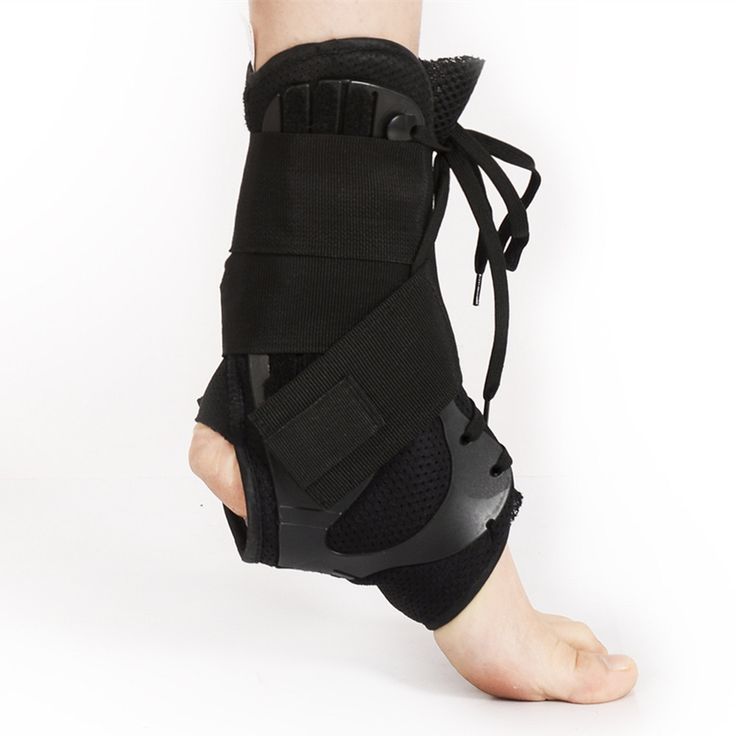
How to Properly Wear and Care for Your Basketball Ankle Braces
Wearing basketball ankle braces correctly ensures they work as intended. Start by washing your feet before putting on the brace. Clean skin prevents irritation and keeps the material fresh. Next, slide the brace over your foot and up your ankle. Make sure it fits snugly without causing pain. For lace-up models, tighten the straps evenly to avoid pressure points. Adjust until you feel secure support but still have full range of motion. Always wear socks over the brace unless the product specifies otherwise. Socks help reduce friction and extend the life of the brace. After use, clean the brace according to the manufacturer’s instructions. Most can be hand-washed with mild soap and air-dried. Avoid machine washing or drying, as this can damage elastic parts. Store the brace flat in a cool, dry place. Replace it if you notice signs of wear like stretched straps or reduced support.
Common Mistakes
Even though basketball ankle braces are helpful, using them incorrectly can reduce their effectiveness. One common mistake is picking the wrong size. A brace that doesn’t fit properly can slip, cause discomfort, or fail to offer real support. Another error is depending solely on the brace without strengthening the ankle muscles. Braces help, but strong muscles still play a major role in injury prevention. Some players also wear braces only after getting hurt, not before. Wearing them consistently gives better protection. Others skip breaking in the brace before a big game. It’s better to test them during practice first. Another mistake is ignoring pain or discomfort caused by the brace itself. If something feels off, stop using it and try a different model. Lastly, some users forget to replace worn-out braces. Over time, elastic parts lose tension, and straps stretch. Replacing old braces ensures continued protection.
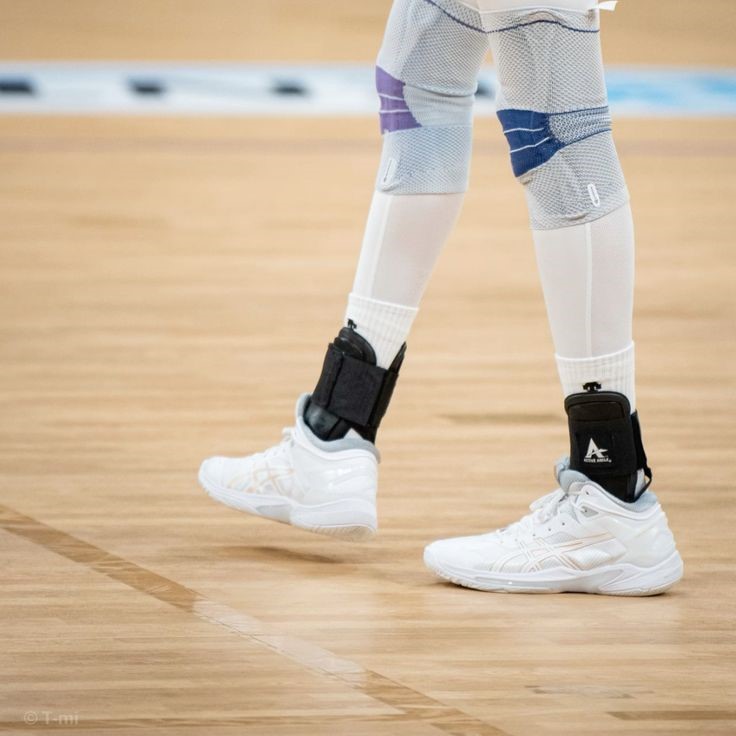
The Role of Basketball Shoes in Ankle Support
While basketball ankle braces offer great protection, the shoes you wear also play a key role in ankle safety. High-top shoes provide extra ankle coverage, helping to prevent twists and sprains. Mid-top and low-top shoes are lighter but may not offer enough support for players with weak ankles. Look for shoes with cushioning and good traction to reduce stress on the feet. Some models include built-in ankle straps or reinforced heel counters for added stability. However, shoes alone may not be enough for players with a history of ankle injuries. Combining high-quality shoes with basketball ankle braces gives the best results. Together, they offer enhanced protection and confidence on the court. When choosing footwear, test how it feels with your brace. There should be enough room without squeezing or rubbing.
Expert Tips
Using basketball ankle braces is just one part of staying injury-free. Strengthening your ankles through exercise can further reduce the risk of sprains. Balance training improves stability and reaction time. Try standing on one leg or using a balance board for a few minutes each day. Resistance band exercises help build strength in the muscles around the ankle. Calf raises and ankle circles are simple but effective moves. Plyometric drills like jump rope or box jumps enhance coordination and power. Stretching before and after workouts keeps muscles flexible and ready for action. Also, warm-ups and cooldowns prepare the body for intense play and aid recovery. By combining braces with regular exercise, players can perform at a higher level with fewer injuries.
Reviews of Popular Basketball Ankle Braces in 2025
To help you choose the best basketball ankle braces, here are reviews of top-rated products in 2025. The McDavid Ultra Hike Ankle Brace is praised for its durable hinged design and strong support during fast-paced games. Users appreciate its adjustable straps and comfortable fit. The ASO Ankle Stabilizer remains a favorite among professionals. Its custom-molded design allows for a snug, secure fit that mimics taped ankles. The Zamst A2-DX offers excellent ankle control with dual strapping and shock-absorbing padding. It’s ideal for players who need high-level support without sacrificing mobility. The Bauerfeind Sports Ankle Support combines medical-grade compression with flexible support. Many users report improved stability and faster recovery after use. The DonJoy Performance Bionic Ankle Stirrup is popular for its lightweight structure and rear support bars that prevent side-to-side movement. Each of these braces has strengths, so the best choice depends on individual needs and preferences.
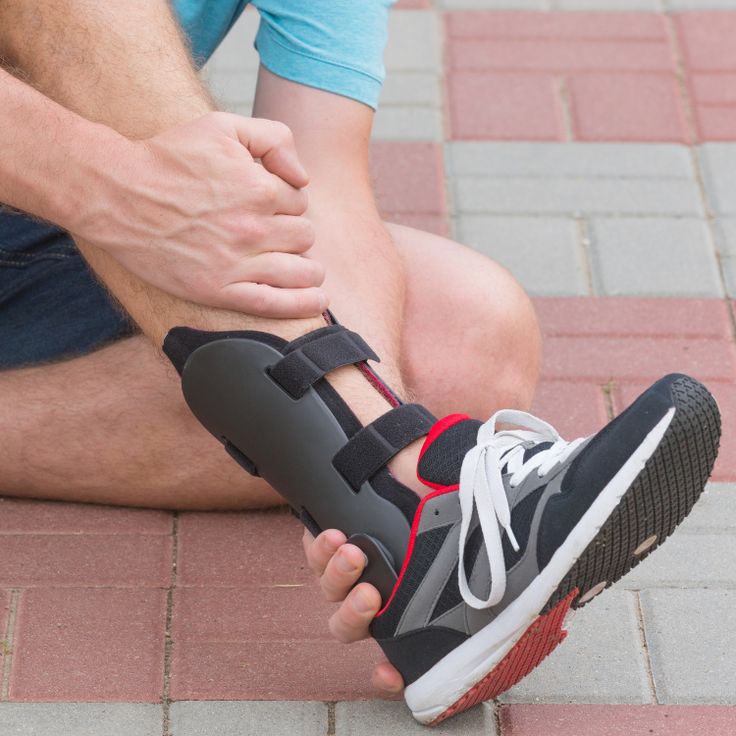
Conclusion
In conclusion, basketball ankle braces are valuable tools for any player who wants to stay safe and perform at their best. With the right support, you can reduce the risk of sprains, recover faster from injuries, and play with more confidence. New models in 2025 offer improved comfort, better design, and stronger protection. Whether you’re a beginner or a pro, choosing the correct type of brace for your needs is key. Combine your brace with strong ankle muscles, supportive shoes, and smart training habits for the best results. Don’t wait until you’re injured to consider adding ankle support to your gear. Taking preventive steps now can keep you on the court longer and with fewer setbacks. So invest in a quality basketball ankle brace—your ankles will thank you later.
